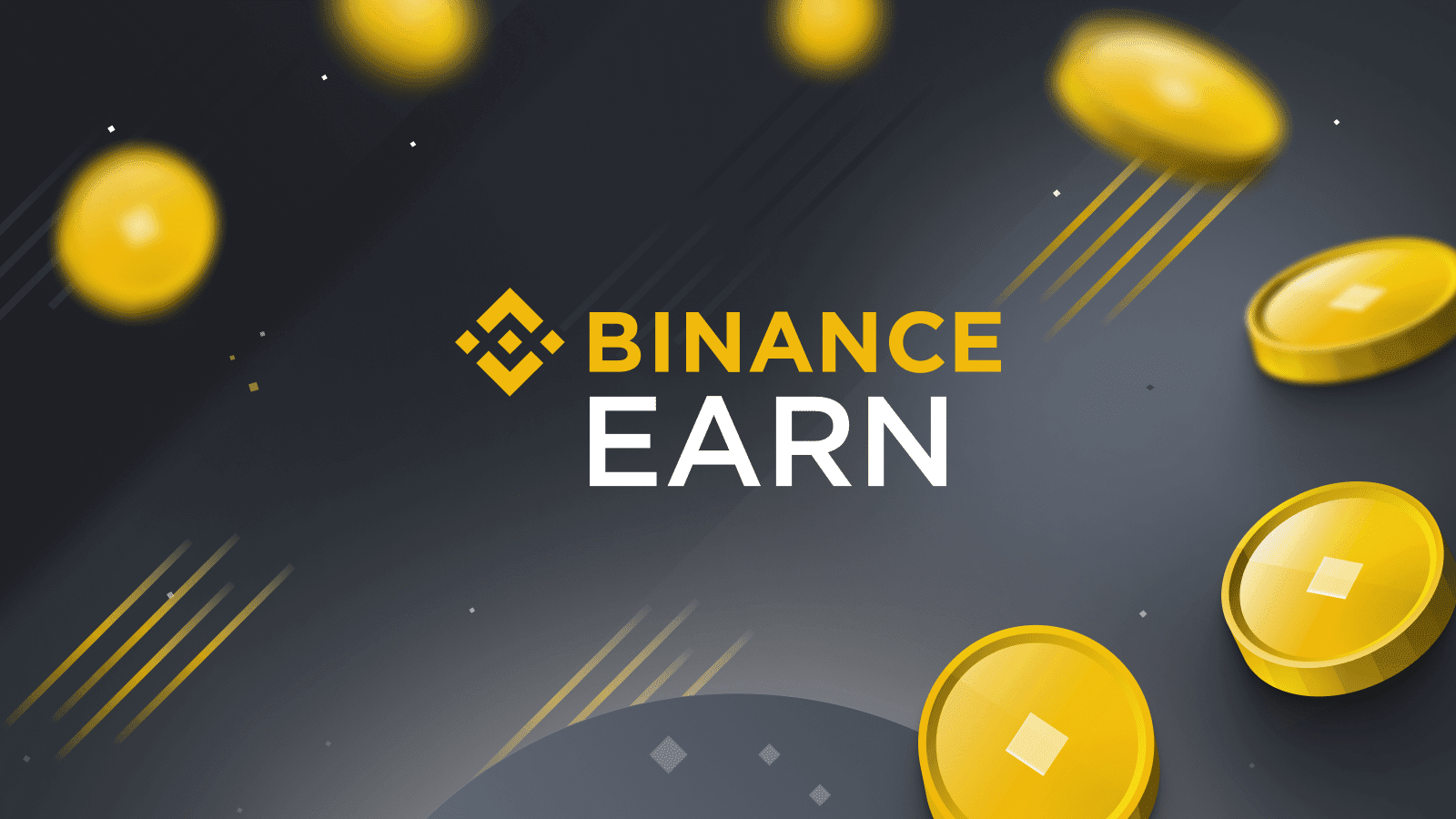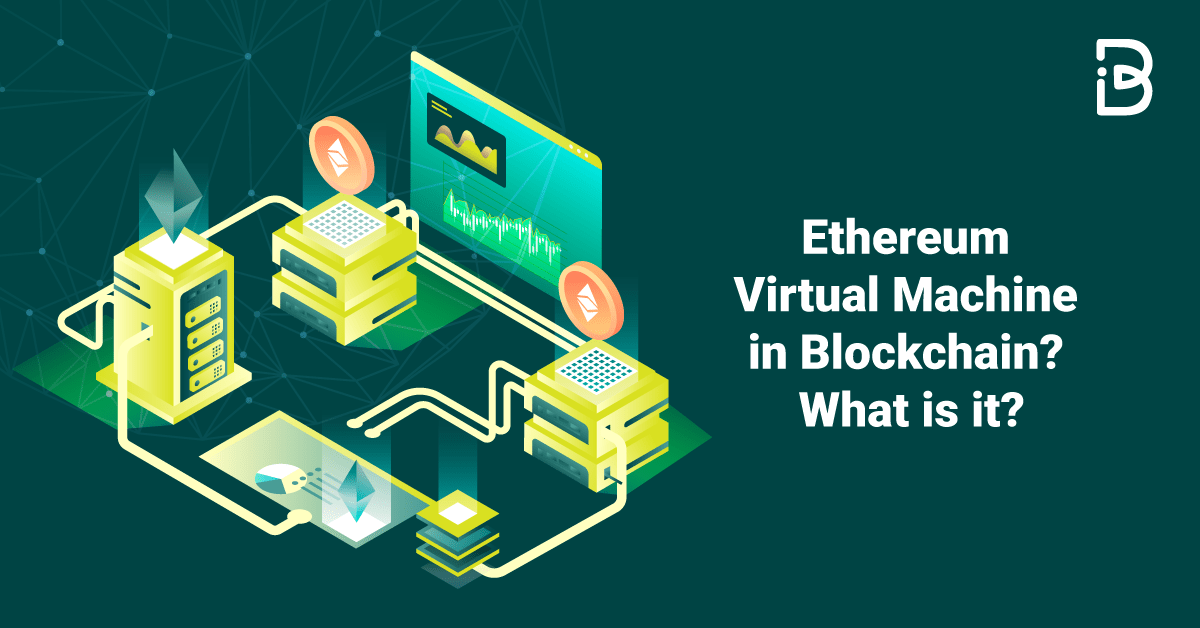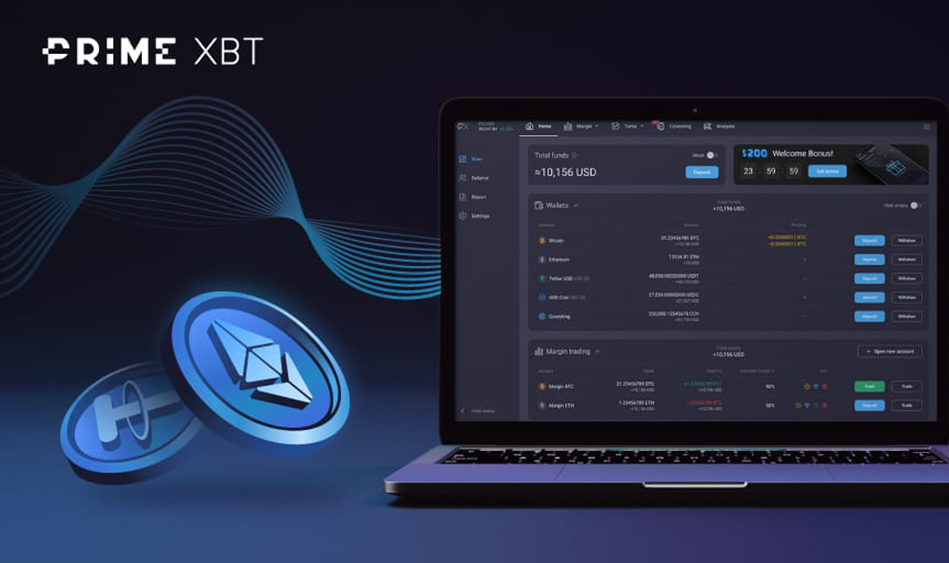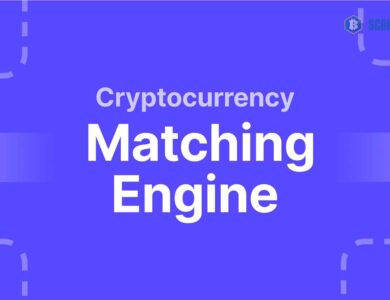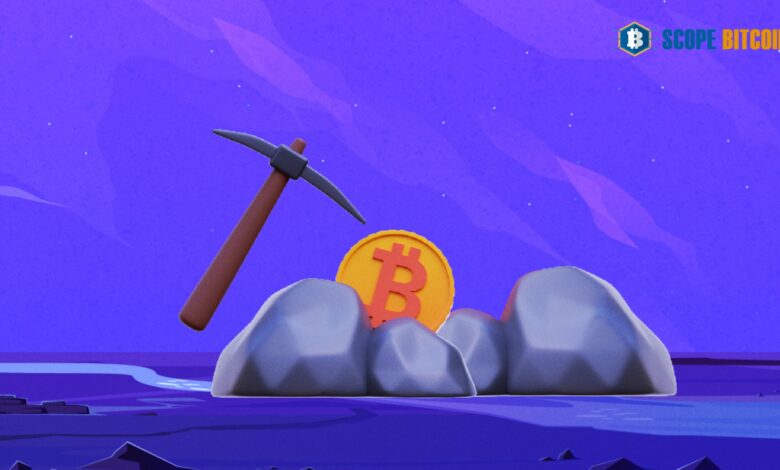
Bitcoin’s Fee-to-reward Ratio A Complete Explanation
Users pay transaction fees to participate in the Bitcoin network, and the fee-to-reward ratio shows what percentage of total block rewards come from those costs. Users can incentivize miners to include their Bitcoin (BTC) transactions in a block by offering transaction fees. Miners prefer transactions with higher fees to maximize their revenues. However, factors like network congestion and the amount of bytes a customer transfers could cause the charge to change.
Miners are essential to the Bitcoin network because they validate transactions and keep the network secure by solving complex mathematical puzzles. As compensation for their efforts, miners get newly minted Bitcoin (block reward, sometimes called block subsidy) and a portion of the fees from the transactions included in their blocks. What constitutes miner income? Miner income = Block subsidy + Transaction fees
As the block subsidy decreases due to halvings, miners depend more on transaction fees to keep their income. This trend will continue as Bitcoin approaches its maximum supply of 21 million coins. The formula for determining the fee-to-reward ratio of Bitcoin is as follows: Bitcoin fee-to-reward ratio = Total transaction fees/Block reward.
Consider three possible outcomes where the Bitcoin fee-to-reward ratio is either more than 1, equal to 1, or less than 1 to grasp what this ratio means. Bitcoin fee-to-reward ratio greater than 1
Picture this: there’s a high demand for block space, users often transact, and the block reward is 6.25 BTC. Here, customers are willing to pay more to confirm their transactions faster. For the sake of argument, let’s say that the transaction fees included in the block brought in 7 BTC for the miners. A scenario when the Bitcoin fee-to-reward ratio is greater than 1
Bitcoin fee-to-reward = 7/6.25 = 1.12
Here, we see that the total fees earned by miners exceed the block reward, as the fee-to-reward ratio is higher than 1 (1.12). This happens when consumers need fast confirmation of their transactions, which leads to competitive bidding for transaction fees.
Bitcoin’s Fee-to-reward ratio is equal to 1
Now, we’ll examine a scenario in which the total transaction fees miners earn for including transactions in the block are equal to the block reward. Keeping the same 6.25 BTC as the block reward, let’s pretend the total fees collected amount to 6.25 BTC.
A Scenario when the Bitcoin fee-to-reward ratio is equal to 1
Bitcoin fee-to-reward ratio = 6.25/6.25 = 1
In this scenario, the miner’s revenue comprises fees and the block reward, which contribute equally.
Bitcoin’s Fee-to-reward ratio is less than 1
Now, picture a scenario where customers are hesitant to pay hefty fees to validate their transactions, and there is less demand for network transactions. Even though the block reward remains at 6.25 BTC, let’s pretend that miners have already collected 4 BTC in transaction fees.
A Scenario when the Bitcoin fee-to-reward ratio is less than 1
Bitcoin fee-to-reward ratio = 4/6.25 = 0.64
The block reward is more than the transaction fees miners earn, as indicated by the fee-to-reward ratio of 0.64. This could happen if the mempool has fewer transactions, if network congestion is lower, or if users aren’t competing as fiercely to get their transactions added to the next block.
The importance of Bitcoin’s Fee-to-reward Ratio
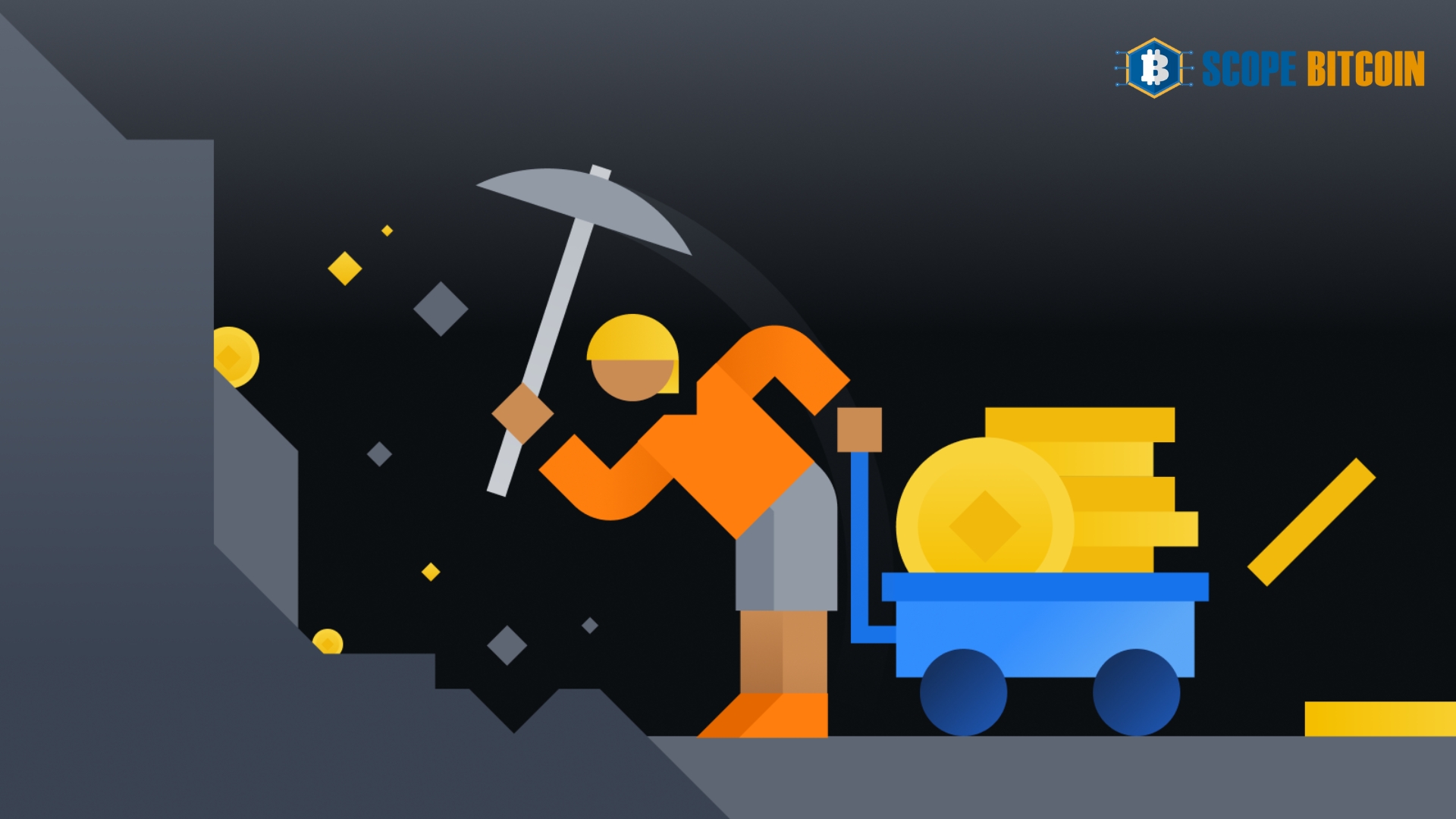
The fee-to-reward ratio is a key indicator of the dynamic nature of the Bitcoin network’s economic incentives. This ratio impacts users, miners, and the blockchain’s overall security and stability, making it crucial to the network’s operation.
Miner incentives and security
The integrity and authenticity of Bitcoin transactions depend on miners. They mine additional blocks to solve complex mathematical riddles using computing power and resources. Miners are incentivized to create Bitcoins through transaction fees and the block reward. When the fee-to-reward ratio is high, miners prioritize large-fee transactions, resulting in faster confirmation times and better network security.
Prioritizing transactions
With several transactions competing for a limited block space, the fee-to-reward ratio is paramount in heavily trafficked networks. Users who desire instant confirmation of their transactions will likely increase their fees. The prospect of more income encourages miners to add higher-fee transactions in the blocks they mine. This helps keep the network from being too congested and ensures that transactions are processed swiftly.
Sustainability post-halving
The block reward is half every four years as a feature of the Bitcoin system. This event is pre-programmed into the system. As time passes, the miner’s income increasingly comes from transaction fees rather than the block reward. With the block reward decreasing, the fee-to-reward ratio becomes more important in determining whether miners can sustain their operations solely on transaction fees.
Network resilience
The block reward is half every four years as a feature of the Bitcoin system. This event is pre-programmed into the system. As time passes, the miner’s income increasingly comes from transaction fees rather than the block reward. With the block reward decreasing, the fee-to-reward ratio becomes more important in determining whether miners can sustain their operations solely on transaction fees.
Market sentiment
User behaviour and the fee-to-reward ratio can indicate market sentiment. If transaction costs are high, interest in the Bitcoin network may increase. Conversely, low fees may indicate reduced demand and activity on the network.
Adapting incentives
As the industry, technology, and consumer tastes evolve, so does the fee-to-reward ratio. The factors influencing the ratio change and the crypto environment may teach you much about the network’s responsiveness and adaptability.
Balancing Bitcoin’s Fees and Miner Incentives
Finding the sweet spot between incentives for miners, network security, and user-friendly transaction fees is crucial to Bitcoin’s long-term viability. In the cryptocurrency business, people are discussing whether the Bitcoin network can survive financially with a more excellent fee-to-reward ratio.
One school of thought holds that a larger block reward and lower transaction fees give miners more substantial short-term incentives to participate actively in transaction validation and network security. Focusing on the miner’s immediate monetary gains, this technique balances their labor and compensation.
However, many who advocate for a fair ratio of fees to rewards argue that Bitcoin’s halving events, which require a constant decrease in block rewards, are an intentional shift toward a fee-centric paradigm of network sustainability.
This systematic approach promotes a slow shift toward transaction fees as miners’ primary revenue stream to mitigate sudden network disruptions. Higher transaction fees can offset the falling block rewards as the number of transactions and users dependent on the Bitcoin network increases. This will keep miners profitable and promote a healthy fee market.
Bitcoin’s Fee-to-Reward Ratio Post-Mining
The ratio’s significance in regulating the prioritization of transactions and the efficiency of the Bitcoin network will endure, even though its dynamics will shift from being based on freshly minted BTC to transaction fees. Once the block reward reaches zero and all Bitcoin has been mined, the fee-to-reward ratio relative to the newly produced BTC will become irrelevant. At that point, miners will not be rewarded for adding a new block to the network.
Instead, the transaction fees users pay to have their transactions included in blocks will be the sole element determining the fee-to-reward ratio. Users will continue competing to validate transactions quickly, so the ratio will remain substantial. Users’ fee offers will change according to the level of urgency and the current state of the network, while miners will give higher-fee transactions more priority.
The fee-to-reward ratio still affects the reliability and speed of transaction confirmation in the post-mining stage. Lower-fee users may experience more extended confirmation waits and faster transaction processing. Even once mining is complete, the fee-to-reward ratio determines the reliability and speed with which transactions are confirmed. Users may see slower confirmation times for lower-priced transactions but faster processing for higher-priced ones.

